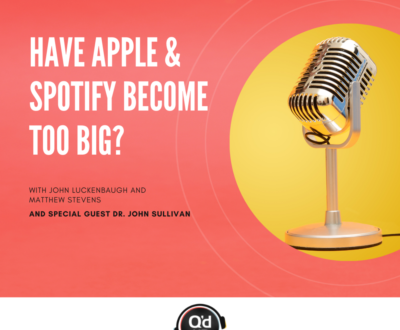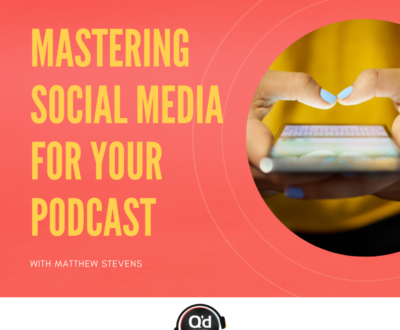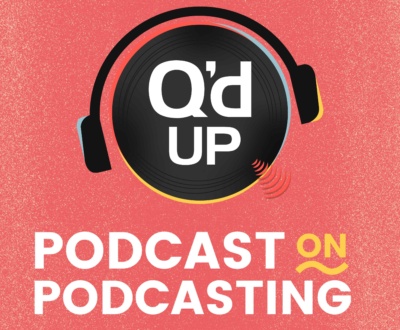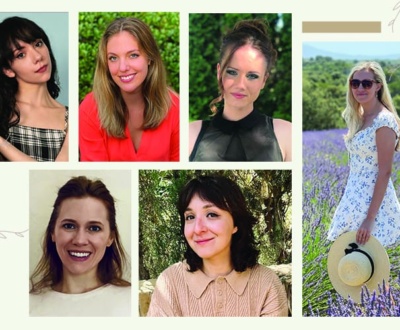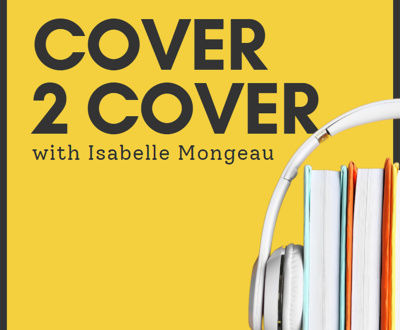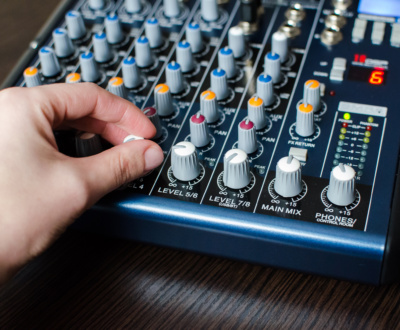Storytelling podcasts, Part 2: Using storytelling elements to create a better podcast
- June 13, 2021
- Q'd Up Podcast

It’s the second part of our series on storytelling podcasts. We’re joined again by Isabelle Mongeau, a writer and producer at Q’d Up Audio, to get insight on how to make a compelling narrative podcast.
We’ve already talked about the basics of narrative podcasts and the process of putting them together but now’s the time to get a little more creative. In this episode, Isabelle introduces us to storytelling podcast elements and how they make a more compelling series by using a time-tested process.
Show highlights:
Introduction
Re-introduction of Isabelle
Podcast recording software update (2:15)
John shares an update on some technical issues experienced when using SquadCast on a previous episode.
Storytelling elements in podcasts (3:05)
John, Jay, and Isabelle talk about the importance of following basic storytelling elements in your podcast.
Storytelling podcast basics: The story arc (5:07)
The beginning of any narrative poses a question. As simple as a character’s motivation to how someone overcame challenges, a good storyline is based around a question that comes up throughout the series.
Storytelling podcast basics: Exposition (5:46)
Exposition is simply the background information within the storyline. While that sounds simple enough, exposition can be one of the more challenging parts of creating a narrative podcast because of a desire to overshare which can turn off audiences. Isabelle explains some tips and ways of thinking so you can build your exposition into your storytelling podcasts naturally.
Storytelling podcast basics: Conflict (10:14)
Conflict doesn’t have to mean actual fights. Isabelle talks about what conflict really means and how it can be incorporated into a story in a variety of ways.
Storytelling podcast basics: Climax (12:07)
As the name suggests, the climax is the peak of the story. But while it is a confrontation of your conflict, Isabelle notes it doesn’t have to be a positive resolution or even a resolution of the conflict at all. Jay talks about how using the highs and lows can make other types of podcasts better as well.
Storytelling podcast basics: Resolution (15:49)
Whether your climax ends with a high or low, the resolution is simply the answering of the question first posed in your story arc. Isabelle also explains what denouement means, along with Jay, give some real-world examples of different types of resolutions in media today.
Storytelling elements: Characters (20:34)
Even in non-fiction stories, every person ends up fulfilling a role in the story. It can even be as simple as your story’s protagonist and antagonist. Jay points out that in non-storytelling podcasts, things like hosts and experts fit into clearly defined roles.
Conversational dialogue roles (23:27)
Isabelle shares a roundtable podcast she listens to and how conversational dialogue between the two hosts sets up their clear roles and adds balance to a podcast. Jay and Isabelle also talk about how tone, structure, and word usage is important in a narrative podcast.
Links:
Request a free quote
We offer high-quality production, distribution, and marketing for podcasts and audiobooks. Contact us today for a free, no obligation quote

